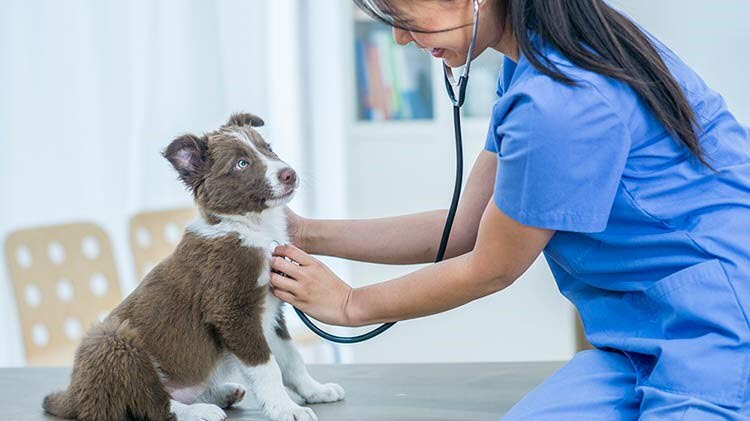Articles
A Dog Owner’s Guide to Navigating Respiratory Disease Concerns
Canine Respiratory Disease: What You Need to Know Now
Recent buzz around canine infectious respiratory disease complex (CIRDC) has dog owners on edge. Over the past week, I’ve dissected various aspects of this issue: whether reports of sick dogs indicate a novel pathogen, and when antimicrobial treatment is truly necessary. Today, we cut to the chase and address your burning questions.
Stay Calm, Stay Informed
Yes, respiratory diseases in dogs are on the rise in certain areas, but this isn’t unprecedented. While a small subset of dogs may experience severe symptoms, most recover without incident. Awareness is key, but panic is pointless.
Is Your Dog Sick? Here’s Your Action Plan
First things first: consult your veterinarian if you’re concerned. But don’t rush to the clinic at the first cough. Reserve those visits for dogs that are seriously ill, rapidly deteriorating, or showing no improvement over several days.
Think of it like human health: a mild cough doesn’t usually warrant a doctor’s visit unless accompanied by severe symptoms. The same logic applies to dogs. If your pet is alert, eating, and breathing normally, it’s likely they’ll recover without veterinary intervention. However, if they’re struggling to breathe, experiencing rapid deterioration, or exhibiting significant symptoms, it’s time to see the vet.
Red Flags: When to Visit the Vet Immediately
– Extreme lethargy or weakness
– Loss of appetite
– Difficulty breathing
– Rapid worsening of symptoms
– Severe coughing causing vomiting or breathing difficulties
For high-risk dogs—elderly, very young, pregnant, immunocompromised, or those with underlying health issues—these signs are especially critical.
What to Expect at the Vet
Upon arrival, the veterinary staff will assess your dog’s respiratory condition and stability. Most dogs with CIRDC need only time and tender loving care. Avoid requesting unnecessary treatments like antimicrobials unless absolutely needed.
If your dog’s cough is disruptive, a cough suppressant may be prescribed. For signs of pneumonia, expect chest radiographs and bloodwork. Severe cases may require hospitalization with intensive care, antimicrobials, and oxygen therapy, though this is rare.
Keep sick dogs isolated from other pets to curb disease transmission. Avoid dog parks, daycares, and public spaces for at least two weeks.
Keeping Your Healthy Dog Safe
Limit your dog’s interactions with unfamiliar dogs, particularly in large groups. Small, stable groups pose less risk. Always avoid contact with obviously sick dogs.
Vaccination: A Crucial Defense
For dogs frequently in contact with others, vaccines for Bordetella bronchiseptica and canine parainfluenza virus are essential. Opt for mucosal vaccinations (preferably intranasal). The decline in parainfluenza protection due to Bordetella-only vaccines could be exacerbating current problems.
Canine influenza vaccination is worth considering but may be hard to come by due to supply issues.
High-Risk Dogs: Extra Precautions
For high-risk dogs, employ the same precautions but with greater vigilance. Respiratory disease vaccines are advisable regardless of their social exposure.
A Personal Note
My two Labradors reflect these guidelines. Ozzie, a healthy one-year-old, got his intranasal Bordetella/parainfluenza vaccine for occasional daycare visits. Merlin, an 11-year-old undergoing chemotherapy, stays cloistered due to his higher risk of severe illness. If local conditions change, I’d swiftly update Merlin’s vaccinations.
Stay Updated and Stay Smart
The situation in the US is evolving, and so should your approach. For now, rely on common sense and good dog care to navigate these murky waters.

